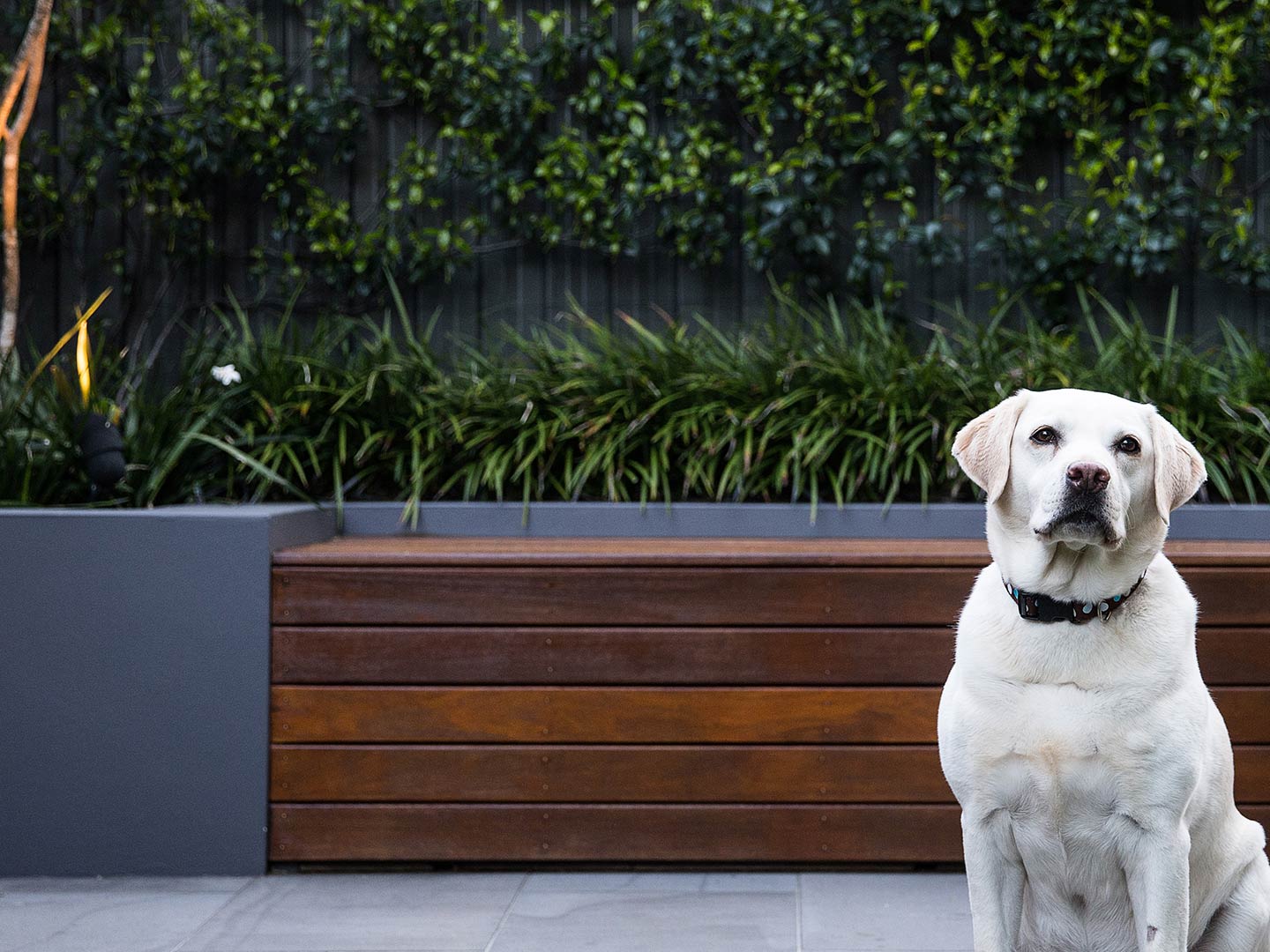Buying Happiness, Not Just A Home
Australian real estate advisors have long said that buyers should look to secure the worst house on the best street. But what actually constitutes the best street? For investors and renovators, a ramshackle fixer-upper on millionaire’s row may still be a good choice. For owner-occupiers, it may not.
In recent years, the cost of turning a property over quickly was outweighed by rapid market growth. This made it easier for first and second home owners to think only of their needs now and to trade up to something more family friendly when the time came. In a flatter market, however, purchasers will need to hold on to their investment for longer to counter stamp duty, making it harder to move on quickly if they later decide that they don’t like where they’re living.
Second or third home buyers looking to trade up now and take advantage of the softer middle market should think critically about their features list when completing the Buying Process1. It’s not just about the best house, or the best street, though. The characteristics of a community that meets their needs both now and in the future is equally important.
There is more than just money at stake when buying a home.
Where we live affects our health and happiness, so it stands to reason that maintaining those things should be factored into which property we purchase.
Protect your future happiness by prioritising some simple pleasures in your features list. Look for properties that have space to entertain or communal areas where you might be able to get to know your neighbours and relax on a Friday afternoon. Look for neighbourhoods that have a friendly feel, open spaces, playgrounds or a strip of cafes where you might see familiar faces and meet new people. Pro-social features both within your own home and out in the wider community can contribute to a sense of belonging and connectedness that may well be more valuable to you in the long run than a house with an extra bathroom. Remember, houses can often be updated to meet our needs, but communities can’t.
When it comes to the impact of where we live on our physical health, there is some compelling research showing that those who live closer to the office are healthier than those who live farther away. The Medibank Better Health Index2 shows that Australians travelling 30 kilometres or more to the office each day were more likely to suffer from stress, weight gain and back pain and the Regus Index3 backed these findings up to show that commuters traveling over 45 minutes each day suffer from poor sleep, exhaustion and lower general health than those who live closer to work.
'They say that money doesn’t buy happiness but for owner-occupiers looking to trade up to a mid-market property, right now, it can. It can also buy better health.'
When we take these findings and look at how they apply to Sydneysiders, the results are astonishing. The average Sydney commute is now around 16.5 kilometres – the equivalent of travelling from Parramatta or Bankstown to the city each day. Commuters in these suburbs face a round trip commute to the city of around an hour each day which is well in excess of the 45 minute commute that the Regus Index identified as having a negative impact on health. With the softening of mid-market properties, there are plenty of opportunities for entry level home-owners in these suburbs to sell their current property at premium price and negotiate hard to secure a new home closer to the office, in a great community.
Follow the Buying Process and engage Hello Haus property agents to secure your mid-market property at the best possible price and conditions. Our experienced, licensed real estate agents act on your behalf to ensure that you have the advantage in property negotiations. We’re experts in saving you money.
Notes
-
https://www.medibank.com.au/healthbrief/about-better-health-index/
-
https://www.slideshare.net/REGUSmedia/regus-worklife-balance-white-paper
Back
